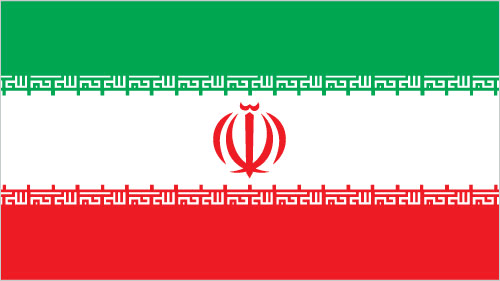
The Iran Deal in Action: What Iran’s Release of 10 US Sailors Means for National Security
On January 12th, the Revolutionary Guard took two Navy ships carrying weapons and 10 sailors into custody after mistakenly drifting into Iranian territorial waters off the Coast of Farsi Island. The crew was on their way to Kuwait from Bahrain in an area known for its navigational complexity. Approximately 16 hours later, the ships and crew members were released from custody without incident. The episode stands as testament to the power of the of the Joint Comprehensive Plan of Action, commonly referred to as the Iran Nuclear Deal, and the importance of diplomacy in national security strategy.
As Secretary of State John Kerry noted, it was the same lines of communication foraged through the JCPOA negotiation process that enabled the speedy release of the 10 US sailors. The success of this summer’s diplomatic endeavor prevented a potential military and geopolitical mess at a time when tensions between Saudi Arabia and Iran continue to run high over the backdrop of a massive refugee crisis and unrest across the region.
While it can be difficult to prove one event prevented another, history is in favor of the argument nonetheless. The US takes the safety of its soldiers, sailors, airmen and marines seriously, and there are few examples of where their detainment by non-US governments has been met with anything but hostility. For example: the October 1989 US invasion of Panama following an attack on four off-base US military personnel that left one Marine dead; and the Hainan Island Incident in April 2001 when 24 crew members were held captive for 10 days by China and a US Navy P-3 was disassembled and stripped of sensitive material prior to its piece-meal return.
Fortunately in this most recent case, it is not the detainment of US sailors in Iran that is the story. Rather it is their apparently seamless release that is cause for attention. All crew members, weapons, and ships were returned without harm and fully intact. Though the photographs of the incident leave much to be desired, they are far from what images would have been likely if it had taken place in 1983.
The release of the US sailors serves as a shining example of the irrefutable role of diplomacy in national security. Iran is far from an ideal ally—particularly as Washington Post reporter and Iranian-American citizen Jason Rezaian remains imprisoned. Nonetheless, as Iran removes the core of their nuclear reactor and fills it with cement opening the door for the easing of sanctions in just a manner of days, it is clear times are changing.
Related Stories:
BGen. Cheney Featured in Politco on Iran Incidient
ASP Board Member Adm. William Fallon Testifies Before HCFA on JCPOA
ASP Event: Understanding the Iran Nuclear Deal
BGen. Cheney Discusses Iran Nuclear Deal on AJAM America
Who Wields Iranian Sanctions Authority
LTG Kennedy and BGen. Cheney in LA Times on Ambassadors and National Security





